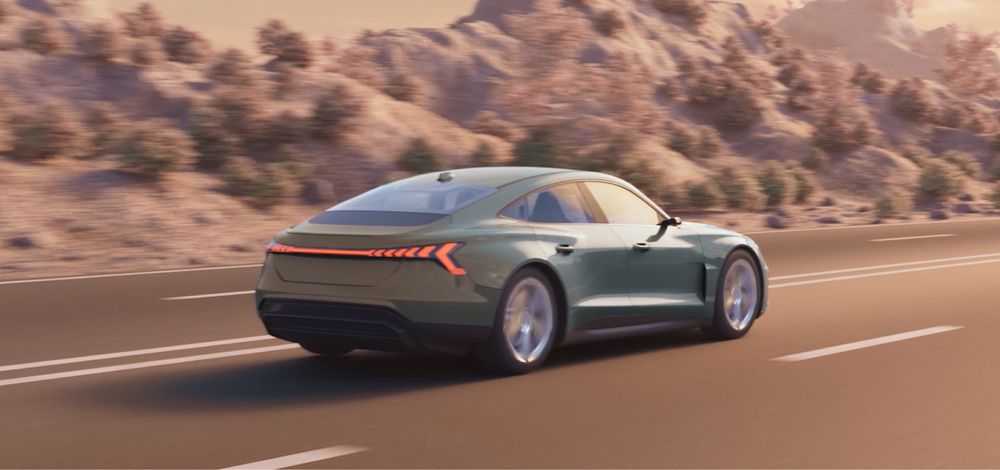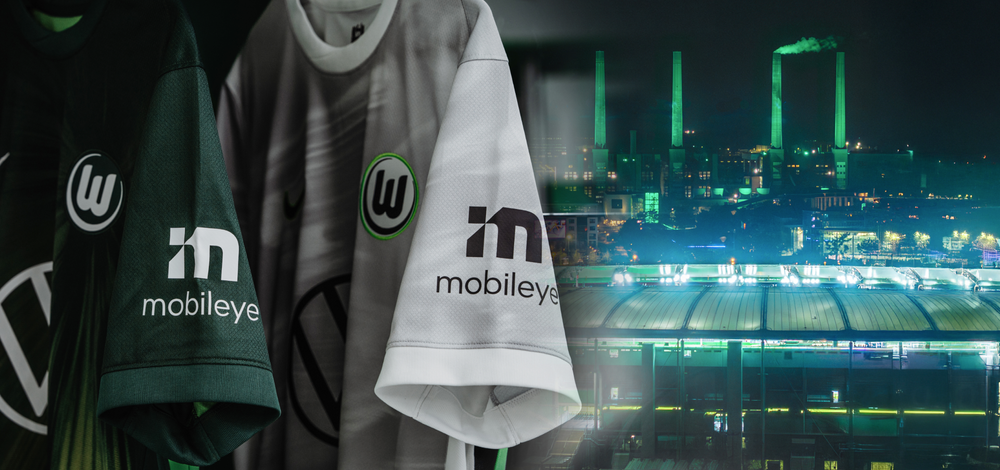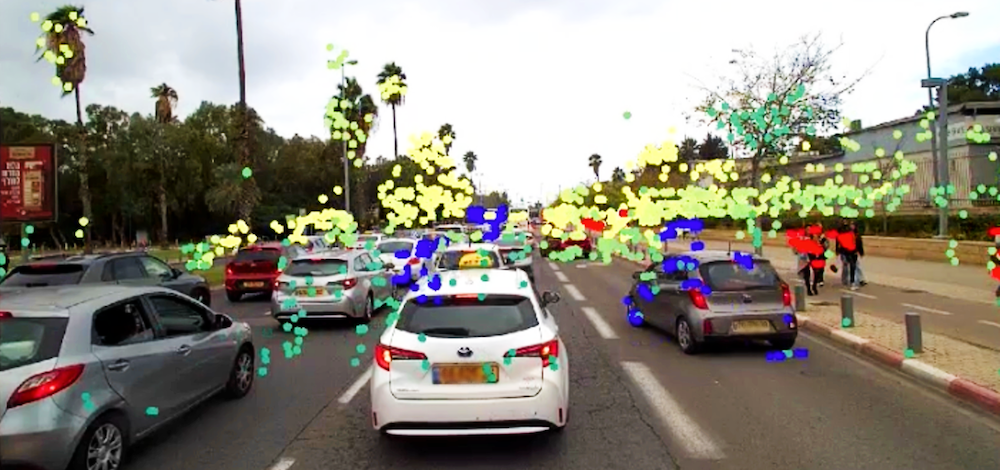blog
|
July 17, 2025
Presenting the Mobileye Driver Monitoring System™, fusing road safety inside the cabin
Mobileye introduces DMS technology that lets the driver and vehicle work together
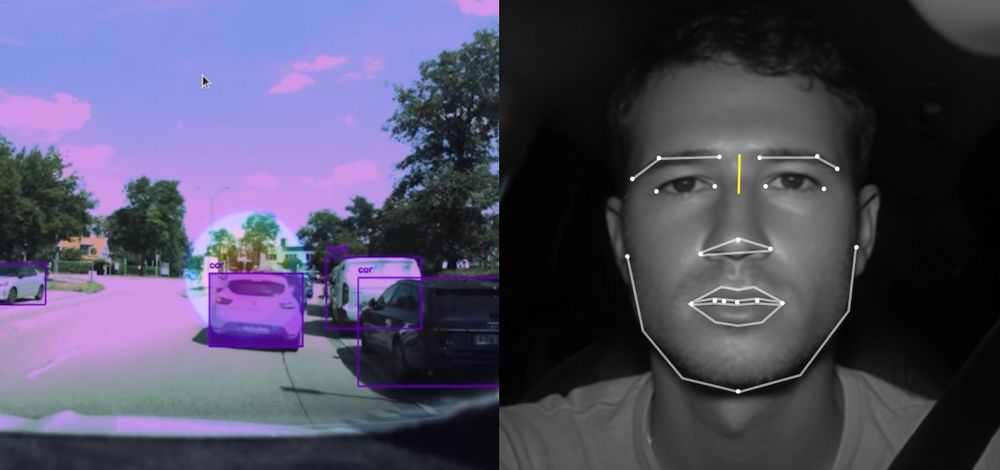
The right side of the image contains AI-generated content
For years, driver monitoring systems have addressed one of the biggest safety risks on the road: the human factor. Fatigue, distraction, and impaired driving continue to cause millions of accidents each year. As vehicles take on more driving tasks, safety at scale depends on not only what the vehicle sees, but on how well the driver and system understand each other in real time.
To help automakers meet these challenges, Mobileye has developed its own driver monitoring system, applying its deep expertise in AI-powered computer vision and ADAS. By fusing Mobileye DMS™ directly with Mobileye ADAS on a single chip, automakers are offered a highly integrated platform that simplifies development, lowers system costs, and scales easily across global vehicle programs. The result: an intuitive connection between drivers and vehicles, enabling a more natural, cooperative driving experience.
“We’ve become a global leader in ADAS by constantly developing new technologies to solve challenges facing our customers,” said Nimrod Nehushtan, executive vice president of business development for Mobileye. “Our new DMS solution not only answers the business hurdles for integrating DMS and ADAS but improves the synergies between the two systems to make them even better for drivers.”
Unlike standalone solutions, Mobileye DMS works in concert with the vehicle’s external sensing systems. By cross-referencing the driver's gaze with real-time road conditions captured by the external ADAS cameras, the system can assess whether the driver has noticed critical objects or vulnerable road users like pedestrians and cyclists, mitigate its response, reducing abrupt intervention. If the driver did not notice the risk the system can trigger timely alerts, helping prevent accidents before they occur. This level of seamless handover between humans and vehicles can allow drivers to put their attention to the right place in the right time.
Monitoring inside and outside the car
Mobileye DMS uses an infrared camera installed inside the cabin, capturing high-frequency images of the driver’s eyes at 60 frames per second. Leveraging our AI-powered neural networks, Mobileye DMS then analyzes the driver’s eye movement and blinking speed to track gaze and engagement levels with high accuracy. The system has been trained to detect signs of drowsiness, like yawning; distractions like phone use while driving, and other signals of impaired driving.
What sets Mobileye apart is fusing in-cabin monitoring with real-time road information from ADAS cameras. By correlating driver gaze patterns with actual road conditions, the system is designed to detect distraction that traditional DMS may miss, like when a driver's eyes are open but not scanning critical hazard areas. This contextual awareness enables enhanced detection of impaired driving states, from basic indicators like yawning to complex distraction patterns that cabin-only systems cannot identify.
With global regulations moving quickly, DMS has become a growing requirement for meeting safety regulations. For example, Euro NCAP 2026 scoring includes both driver engagement monitoring and occupant monitoring requirements, while other regulations require DMS for compliance. But existing DMS solutions add cost and complexity to a vehicle stack.
For automakers, the Mobileye DMS eliminates the need for integrating a separate processor on their technology stack, reducing costs and supporting SoC / ECU consolidation goals. The system can leverage either the Mobileye EyeQ™6 Lite or EyeQ 6 High, with various camera and sensing options customized for specific needs. On advanced platforms such as Mobileye Surround ADAS™, Mobileye SuperVision™ and Mobileye Chauffeur™, which offer hands-off and/or eyes-off driving in specified areas (where available, and subject to product specifications, manual, ODD and law) the DMS-ADAS fusion can support drivers with more accurate system takeover requests, enabling smarter decision-making by combining data about the surroundings with the driver’s state when requesting driver intervention.
The Mobileye DMS system can also be used for control functions; it enables dynamic vehicle behavior adjustments based on real-time driver attentiveness levels. If reduced driver attention is detected, the system can automatically increase following distance, adjust cruise control sensitivity, or limit automated lane changes. If driver attention is identified as insufficient, the system could require confirmation to switch lanes – for example, by prompting the driver to briefly glance at the sideview mirrors. These adaptive responses, fine-tuned by the automaker, help maintain safer driving until full driver engagement is restored.
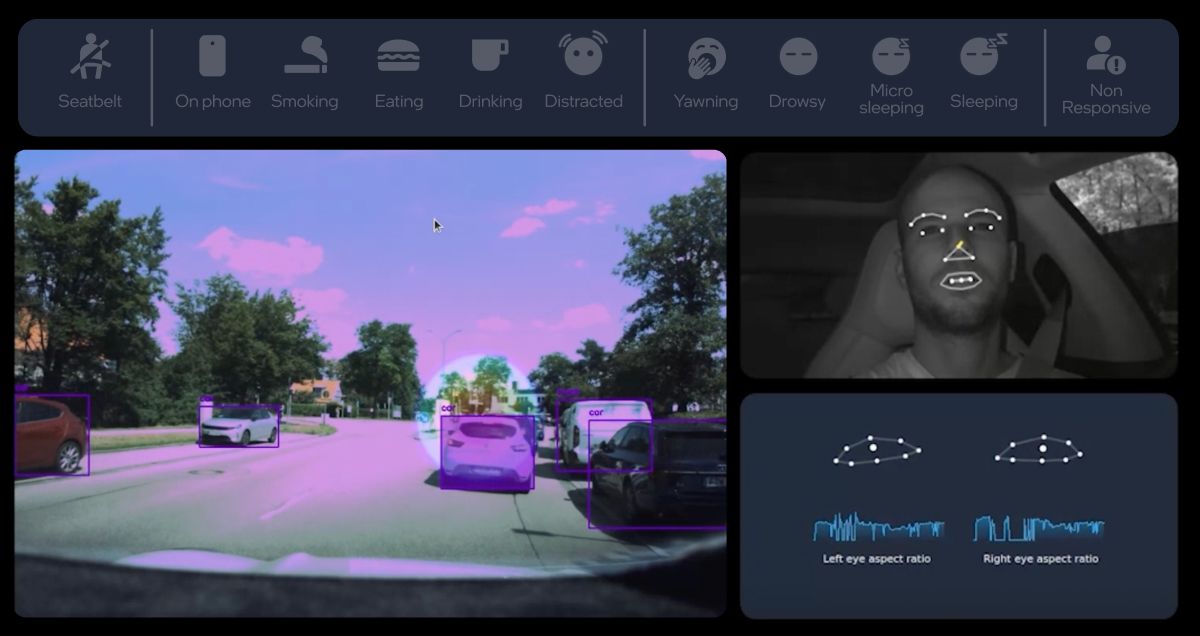
A look beyond
Looking ahead, it is likely that these technologies will take on even greater importance as hands-off and autonomous driving solutions continue to expand. On supervised systems like Mobileye Surround ADAS and Mobileye SuperVision, as well as our hands off/eyes off platform Mobileye Chauffeur, the fusion of driver state with environmental perception enables more intelligent takeover requests, ensuring the driver is ready to resume control when necessary.
Driver monitoring systems will be essential for the next generation of safety and autonomy. By combining in-cabin awareness with advanced perception from outside the vehicle, Mobileye’s integrated approach creates a simplified delivery process for the automaker and a symbiotic understanding between driver and driving environment, building the foundation for safer, smarter mobility at scale.
Share article
Press Contacts
Contact our PR team

